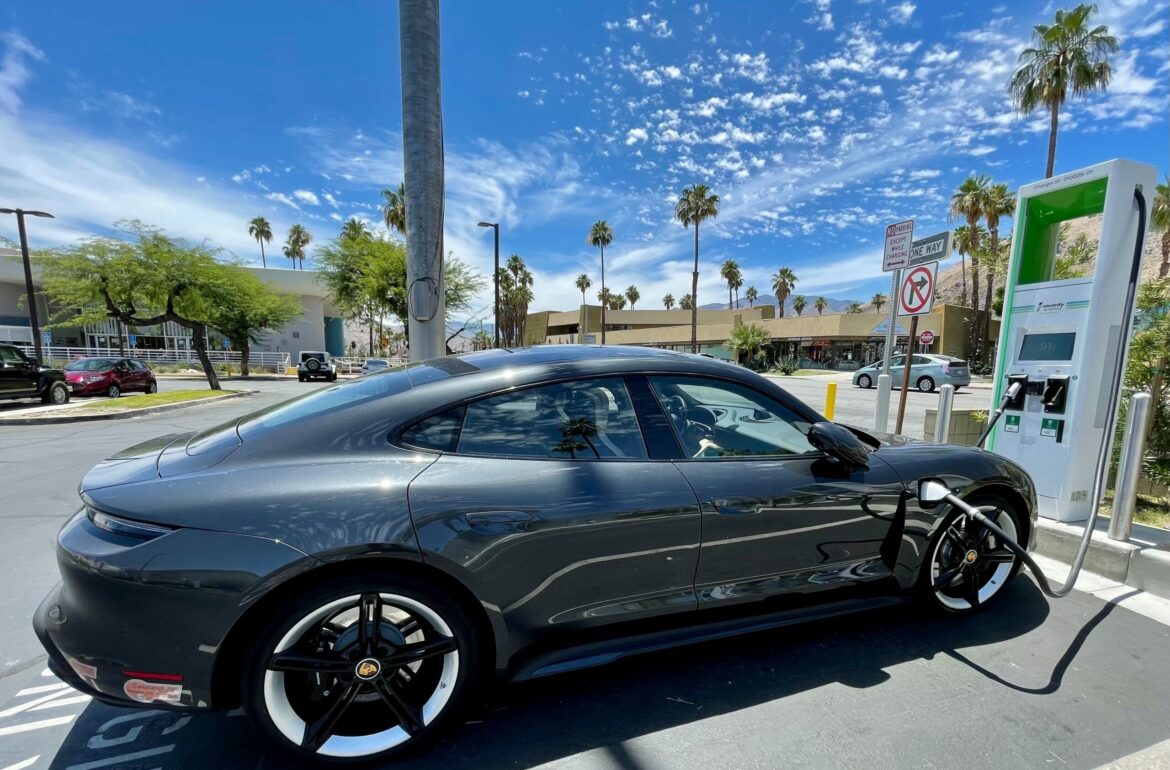In 2021, there is no way of getting around the green transition. While this topic may have appeared out of nowhere for many regular citizens, green transition has been affecting the work of researchers, including Professor Dmitri Vinnikov of TalTech, for some time.
“Green transition and sustainable electrical engineering are hot topics all over the world,” says Dmitri Vinnikov, Researcher-Professor at the Department of Electrical Power Engineering and Mechatronics of the TalTech School of Engineering who was recently nominated an academician candidate of the Estonian Academy of Sciences by the Senate of the university.
Very rapid development
According to Dmitri Vinnikov, the power electronics sector is currently growing at a rapid pace thanks to developments in the industrial and transport sector around the world, driven by the green transition. “Power electronics play a vital role in energy production, storage, transmission/distribution, and end-user applications. Power electronics enable to control processes in the most flexible and energy-efficient way,” the professor emphasizes.
According to him, the latest developments in power electronics have also contributed to the rapid development of electromobility (e.g. electric cars, bicycles, scooters, trucks, airplanes, ships), thus supporting the greenhouse gas reduction targets set for EU in the ‘Fit for 55’ climate package. For example, ‘Fit for 55’ aims to reduce greenhouse gas emissions by 55% by 2030 and to achieve climate neutrality by 2050.
“Over the last decade, power electronics have evolved from a tool that has supported new technologies to a driver of the green transition and sustainable development. New developments and solutions for power electronics systems will enable the creation of future smart cities, intelligent electricity grids with flexible energy transmission, and energy-positive buildings,” lists Vinnikov, who has achieved a lot during his career. His field therefore plays an important role in the development of climate-neutral transport, the energy industry, and renewable energy systems operating in the free energy market.

A sweet moment – seeing the fruits of your labour
Although Vinnikov has been actively developing various power electronics systems for more than twenty years, he has not become tired of the research and laboratory work. On the contrary – his work still offers many sweet moments.
“The most exciting and inspiring moments are when you see how the technology that you have been developing in the laboratory for a long time becomes an actual product and starts to serve society and drive technical development,” he says.
In his opinion, being nominated as an academician candidate is primarily a recognition of his work so far, but at the same time it indicates that value is placed on the field and means increasing responsibility and the opportunity to have an even greater say in the development of Estonia as a country. Of course, also on the green transition and related topics.
The new initiative is once again linked to the green transition
Dmitri Vinnikov is currently developing Estonia’s first direct current micro-network initiative for households (“i3DC” – “Innovate, Inform and Inspire”).
Namely, in the course of the energy transition, we can expect direct current micro-networks to change our energy supply principles, similar to the trends we see in the electrification of aviation and shipping. Household DC micro-networks enable to ensure greater security of supply and demand-based management of energy flows, and increase the energy efficiency of buildings. Wider introduction of DC will accelerate the achievement of the EU’s climate and energy efficiency goals in a fair, cost-effective, and business-friendly manner.
According to Vinnikov, the main obstacle to the spread of direct current micro-networks in buildings can be considered the lack of market-ready technology, standards, and power electronics solutions that would ensure efficient cooperation and energy exchange between equipment and energy sources. The main goal of the “i3DC” initiative is to establish a link between leading Estonian researchers and green energy companies, to boost innovation, and accelerate the deployment of a promising direct current micro-grid in Estonia and elsewhere in Europe.
This initiative can already be seen playing an important role in the development of the Estonian economy, as well as in the development and innovation related to Estonian green energy.
More than 400 published research papers
To date, the total number of research papers published by Dmitri Vinnikov is over 400, including six monographs, two books, nearly twenty patents and utility model certificates, 270 articles in various conference publications, and 132 articles in international peer-reviewed scientific journals (including 87 ETIS category 1.1 articles and 42 category 1.2 articles). In 2020, Stanford University ranked him in the two percent of the world’s most influential researchers.
“Thanks to a strong international network, one of my missions is to further increase the visibility and reach of the research policy of Estonian top-level research in other parts of the world,” Vinnikov promises.
The article was originally published by Tallinn University of Technology.
 Back
Back



